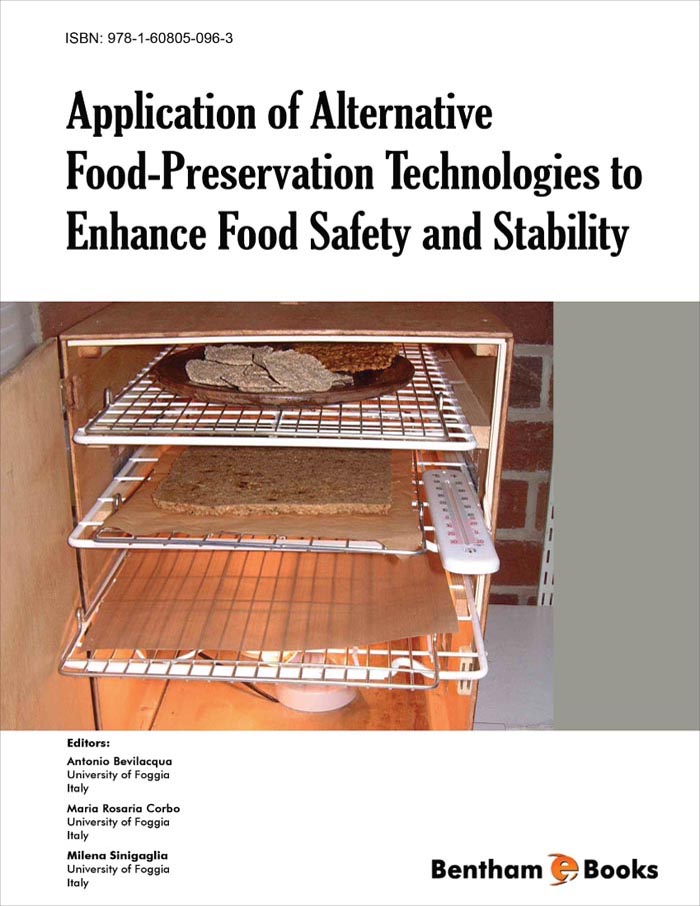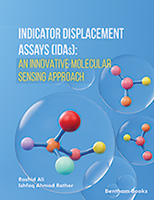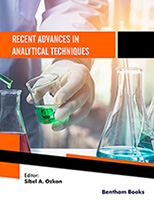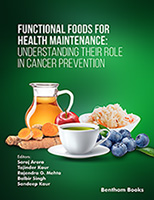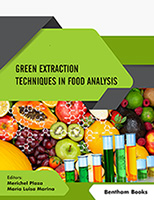Preface
Nowadays, western countries are experiencing a trend of green consumerism, desiring fewer synthetic additives and more friendly compounds. Therefore, bacteriocins and other natural compounds (lysozyme, bacteriocins, fatty acids, monoglycerides and essential oils) could be considered promising bioactive molecules and their use might be proposed to control and/or inhibit pathogens and spoiling microorganisms.
Thermal pasteurization and sterilization are the most important techniques to achieve safety in foods; however, they can result in some unfavorable changes, like protein denaturation, non enzymatic browning and loss of vitamins and volatile compounds. Advances in food processing were allowed in the past to avoid some undesirable changes; however, thermally processed foods still lack the fresh flavor and texture.
In the light of these ideas, alternative approaches have been extensively investigated in the past 30-40 years; they are usually labeled as non thermal techniques, as food are (in some cases) treated at room or refrigeration temperature or the rest at relatively high temperatures (e.g. 70-90 °C for high homogenization pressures) is limited within the time.
Dealing with these considerations, the book will focus on the alternative approaches for prolonging food shelf life; in particular the topics of the book are:
-
use of natural compounds in food preservation (essential oils, lysozyme, lactoperoxidase system, lactoferrins, bacteriocins and related antimicrobial compounds)
-
use of high hydrostatic and homogenization pressures
-
use of non conventional atmospheres
-
other alternative approaches (microwave, ultrasounds, pulsed electric fields, irradiation)
-
definition of food safety objectives and mathematical modeling and challenge for shelf life definition and evaluation.
The book proposes an integrated approach of shelf life extension, focusing on both the inhibition of the spoilage microorganisms and on the implications of the alternative approaches, in terms of quality and costs (technical and economical feasibility).

